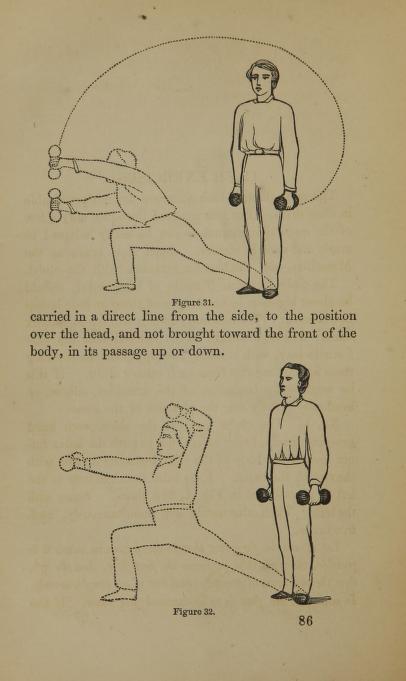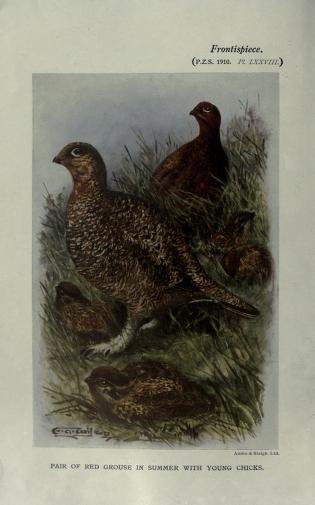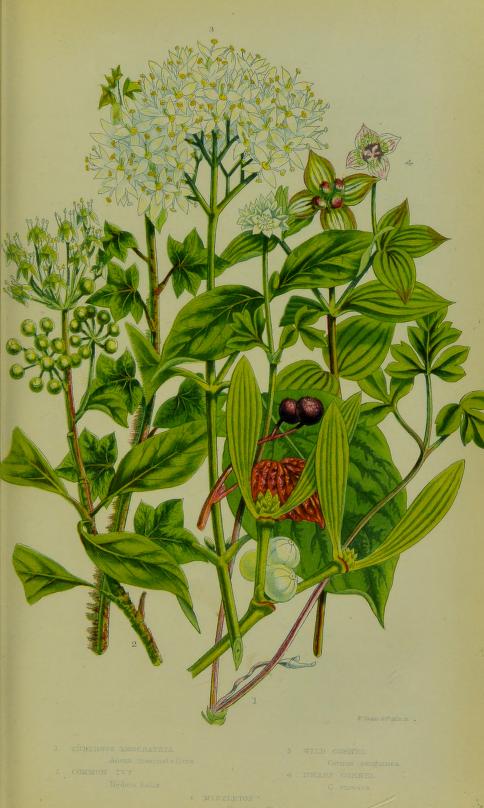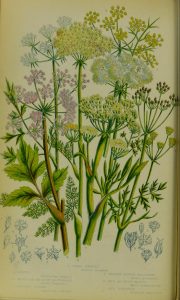
Carte-de-visite of Emily Blackwell (1826-1910), English-born physician. Photograph by W. Kurtz.
The New York Academy of Medicine Library has digitized our collection of cartes de visite, small inexpensive photographs mounted on cards that became popular during the second part of the 19th century, through the Metropolitan New York Library Council’s (METRO) Culture in Transit: Digitizing and Democratizing New York’s Cultural Heritage grant. The grant allows METRO to send a mobile scanning unit to libraries and cultural institutions around the city to digitize small collections and make them available through METRO’s digital portal and the Digital Public Library of America .
Our collection consists of 223 late 19th– and early 20th-century photographs of national and international figures in medicine and public health. This collection contains portraits both of lesser-known individuals and of famous New York physicians, such as Abraham Jacobi, Lewis Albert Sayre, Willard Parker, Stephen Smith, Emily Blackwell, and Valentine Mott. It also includes many with international reputations: Robert Koch, Louis Pasteur, Hermann von Helmholtz, Rudolf Virchow, and others.

Names of Subjects in Collection
Exploring the metadata of the collection provides a glimpse into the richness and surprises of the collection. We identified most of the subjects, but there are three subjects that we only have the last name and one subject that is completely unknown. You can learn more about these subjects on our blog.
The majority of the subjects are physicians, but there is one lawyer and politician, John Van Buren, an American. There is also a carte of Celine B. (Mrs. Alexander) Hosack, widow of Dr. Alexander Eddy Hosack. The auditorium at the Academy is named for Dr. Hosack to commemorate her generous bequest to the Academy’s finances in the 1880s. There are only four women in the collection:
The subjects of the collection represented countries in Europe and North America. Five of the most frequent are:
- American 32% (71 cartes de visite)
- German 25% (55 cartes de visite)
- English/British 9% (20 cartes de visite)
- Austrian 8% (18 cartes de visite)
- French 6%) (13 cartes de visite)
There are also Bavarian, Canadian, Czech, Hungarian, Irish, Prussian, Scottish and Swiss subjects in the collection.
A majority of the subjects were photographed in America and Germany. Thirty-six percent of the photographs were taken in New York, 10% in Berlin, 10% in Vienna, and 9% in London to round out the top studio locations. The most frequent photographers in the collection were:
- Barraud & Jerrard 23% (17 cartes de visite)
- Rockwood & Co. 21% (16 cartes de visite)
- Falk 21% (16 cartes de visite)
- Mora 20% (15 cartes de visite)
- Kurtz 15% (11 cartes de visite)

Photographers or Studio Names in the Collection
We are still exploring the data of the collection, but wanted to provide a quick glimpse into what we’ve found thus far. We are thrilled to share our entire collection on the Digital Culture website. You can view the front and back of each carte, and find out brief information about the physicians and scientists pictured. View all of the Academy Library’s digitized collections.
This post was co-authored with Arlene Shaner, MA, MLS. She is Historical Collections Librarian in the Drs. Barry and Bobbi Coller Rare Book Reading Room of the New York Academy of Medicine Library, where she has been on the staff since January of 2001.












